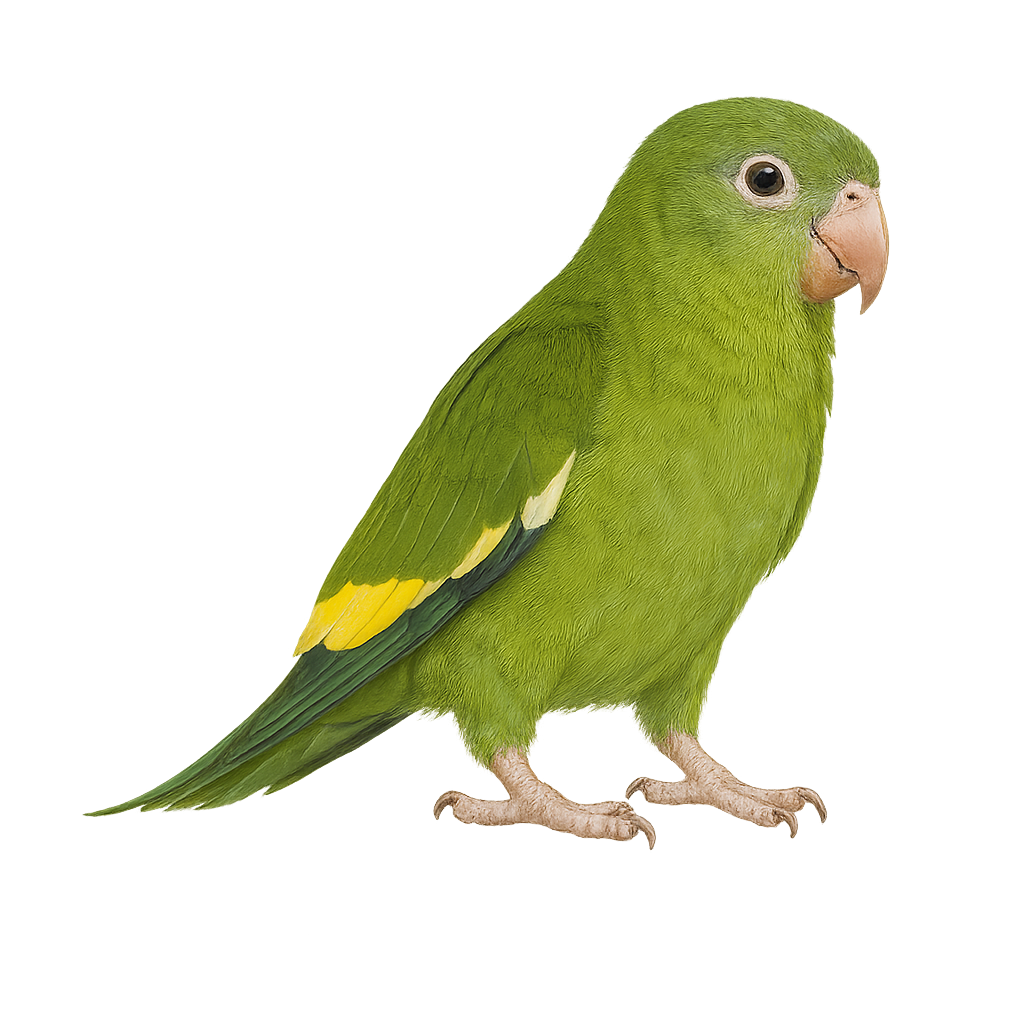Your wildlife photography guide.
Explore the canary-winged parakeet in detail, study its behavior, prepare your shots.
Where to observe and photograph the canary-winged parakeet in the wild
Learn where and when to spot the canary-winged parakeet in the wild, how to identify the species based on distinctive features, and what natural environments it inhabits. The WildlifePhotographer app offers tailored photography tips that reflect the canary-winged parakeet’s behavior, helping you capture better wildlife images. Explore the full species profile for key information including description, habitat, active periods, and approach techniques.
Canary-winged Parakeet
Scientific name: Brotogeris versicolurus

IUCN Status: Least Concern
Family: PSITTACIDAE
Group: Birds
Sensitivity to human approach: Tolerant
Minimum approach distance: 10 m
Courtship display: January to March
Incubation: 21-24 jours
Hatchings: January to April
Habitat:
Tropical forests, urban areas, savannas
Activity period :
Primarily active during the day, with peak activity in the morning and late afternoon.
Identification and description:
The Canary-winged Parakeet, or Brotogeris versicolurus, is a small parrot native to South America, particularly the Amazon basin. It is characterized by its bright green plumage, wings adorned with yellow and white patches, and a hooked beak. Measuring about 22 cm in length, it is often seen in noisy flocks, feeding mainly on fruits, seeds, and flowers. Adapted to tropical forests, it also frequents urban areas, adapting well to human-modified environments. Its ability to mimic sounds and sociable nature make it a popular bird in aviculture. However, deforestation and illegal trade threaten some local populations.
Recommended lens:
400 mm – adjust based on distance, desired framing (portrait or habitat), and approach conditions.
Photography tips:
To photograph the Canary-winged Parakeet, it is advisable to use a telephoto lens of at least 400mm to capture detailed images without disturbing the bird. Look for areas where they gather to feed, such as fruit trees. Be patient and discreet, as although they are tolerant, they may fly away if disturbed. Take advantage of the natural morning light to achieve vibrant colors and sharp details.
The WildlifePhotographer App is coming soon!
Be the first to explore the best nature spots, track rutting seasons, log your observations, and observe more wildlife.
Already 1 439 wildlife lovers subscribed worldwide

